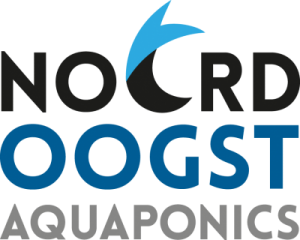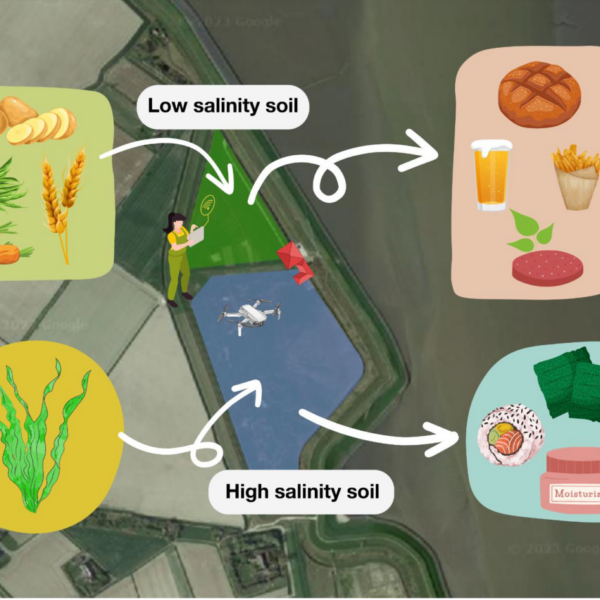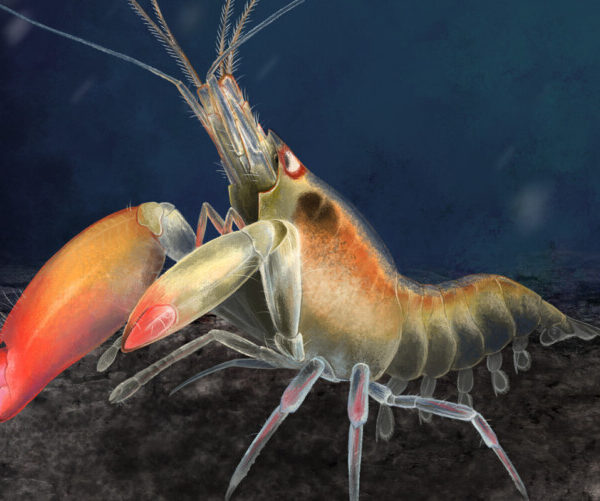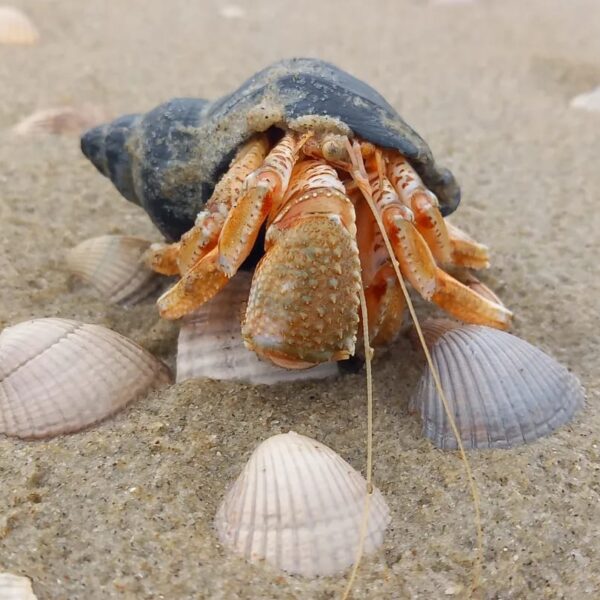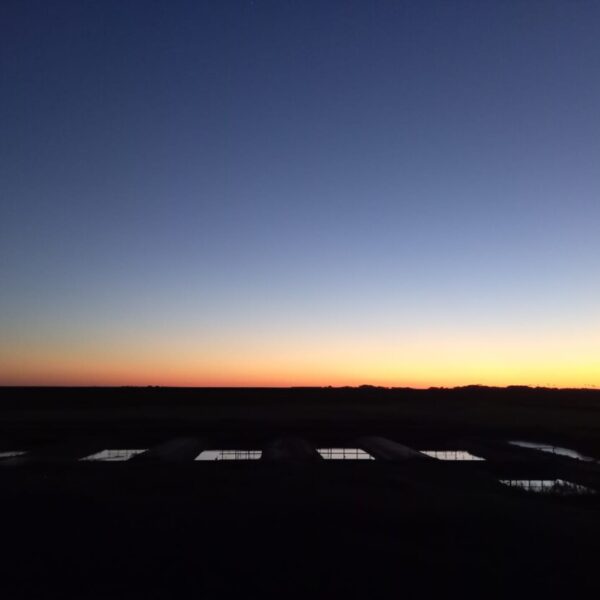We are proud to announce that NoordOogst is participating in a four-year study that is supported by the RVO’s sustainable fisheries and aquaculture subsidy scheme. NoordOogst works together with Meromar Seafoods, Seaweed Tech, WUR and Stichting Zilte Zones. The research will take place in Polder Wassenaar on Texel.
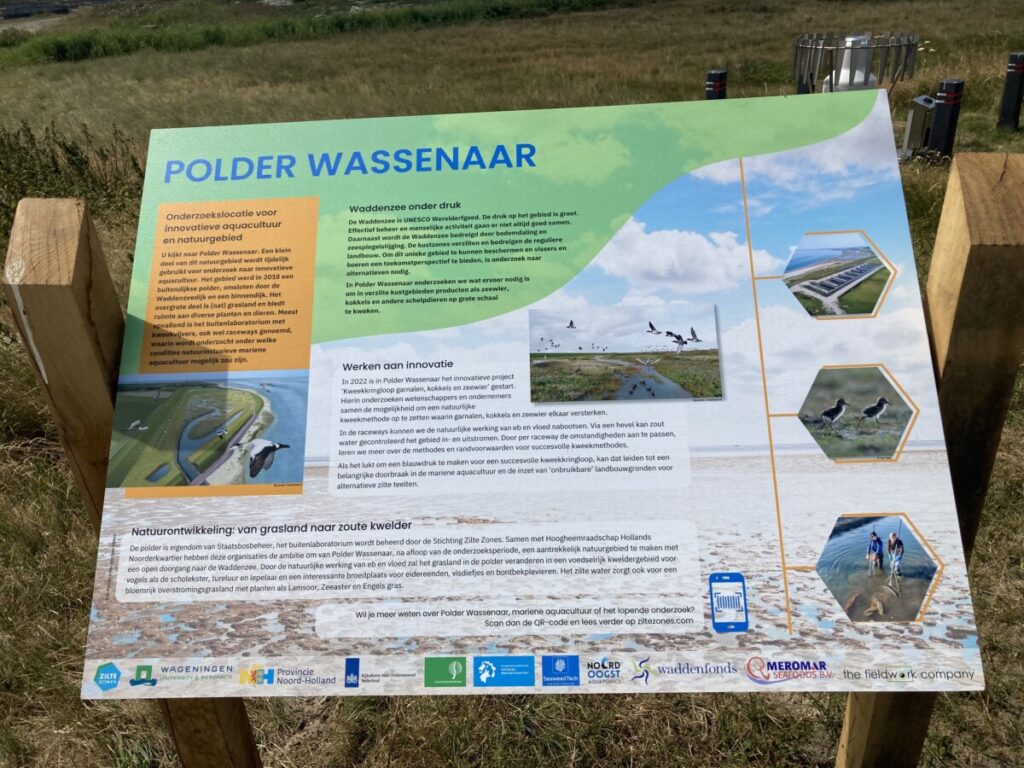

Research question
Under what conditions would it be possible to breed seaweed, clams and shrimp on a large scale, within one system, in salinized areas? So that the pressure on nature by fishing activities decreases and at the same time the increasing demand for (protein-rich) food can be met? These questions are central to the research that started this month in the Polder Wassenaar on the Wadden island of Texel. The results could lead to a major breakthrough in marine aquaculture and the use of ‘unusable’ saline soils.
Innovation
Researchers and entrepreneurs have joined forces to develop an innovative, true-to-life cultivation method, in which the farmed seaweed, clams and shrimps reinforce each other, just like in nature. In the tests, the natural conditions are simulated in Polder Wassenaar. This polder in the northeastern part of Texel lies between two dikes and is equipped with a siphon, through which salt water can flow in and out. This creates an intermediate dike area with a controlled tidal effect.


Threats from climate change
In many places on the coast, agricultural land is salinizing due to changes in the climate. Sea levels are rising and summers in the Netherlands are becoming drier. In addition, the fishing industry is under pressure due to the environmentally harmful effects and the loss of space, but at the same time the demand for food is growing. Salty crops may be able to offer a sustainable alternative. In order to be able to successfully breed saltwater algae and animals on a large scale, the preconditions under which large-scale cultivation could take place must be mapped out. The recently started research should lead to a blueprint for entrepreneurs and governments, so that they can immediately start using salinized agricultural land for marine aquaculture.
Breeding cycle
A salty cycle is regulated in nature within its own ecosystem: primary producers (such as seaweed) produce organic basic substances via photosynthesis. The filter feeders (such as clams) extract those from the water and the scavengers (such as shrimps) live on the animal remains. In order to faithfully imitate this cultivation cycle, good water quality and nutrition are essential. In Polder Wassenaar, the inlet of salt water can be adjusted. It is a unique innovation to imitate and investigate a cycle of aquaculture organisms under natural conditions.

Project partners
The research will run until the end of 2024 and will be financially supported by the Netherlands Enterprise Agency within the Sustainable Fisheries and Aquaculture Subsidy Scheme. This contributes €842,845 to the total project costs of more than 1 million euros. The consortium consists of the following project partners: Stichting Zilte Zones (manager Polder Wassenaar), Noordoogst Aquaponics (developer shrimp cultivation systems), Meromar (dilution and trader cockles), SeaweedTech (developer seaweed breeding system and supplier of starting material), Wageningen Marine Research (research seaweed and innovative aquaculture).
